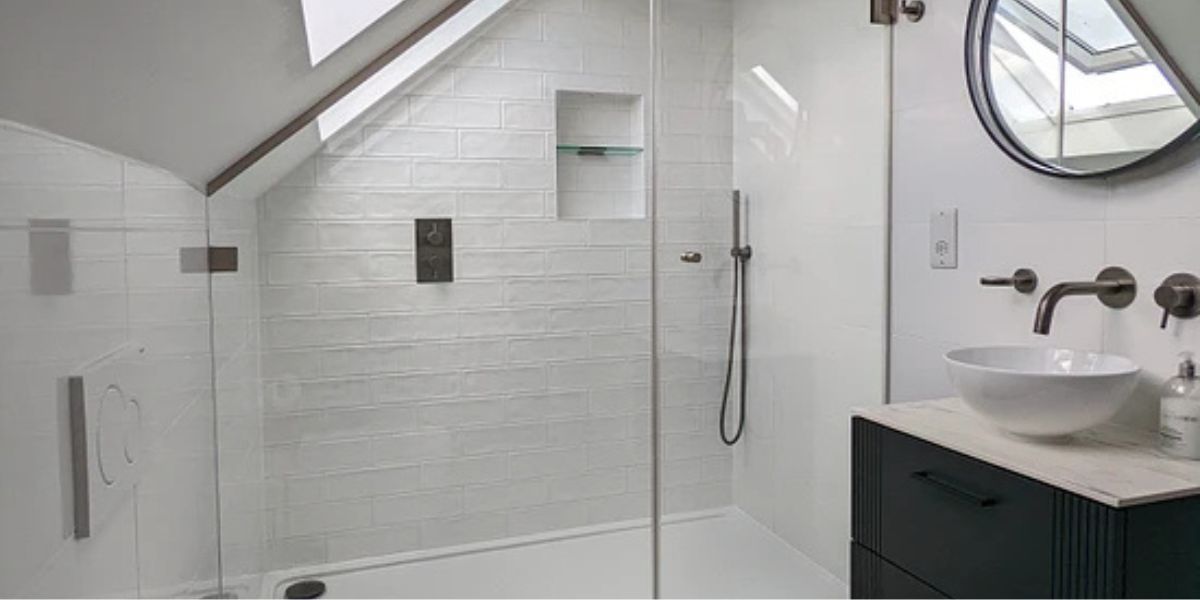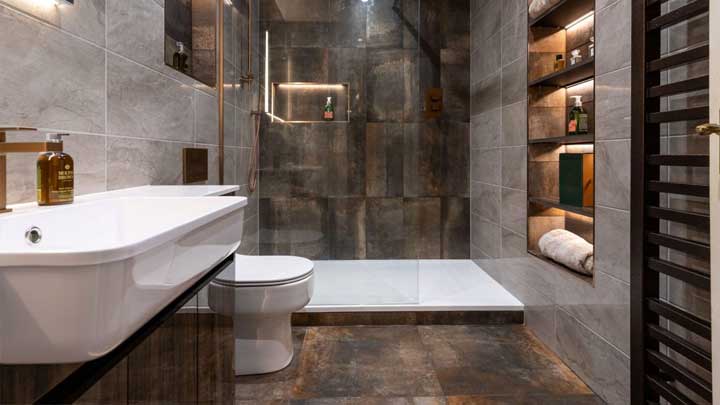The modern bathroom is evolving, rapidly integrating cutting-edge technology to enhance user experience and promote sustainability. At the forefront of this transformation is the touchless bathroom faucet. This innovative device not only adds a touch of sophistication to your bathroom decor but also significantly boosts hygiene and water efficiency. Industry Quality Assurance (QA) professionals are particularly keen on understanding how these faucets can elevate standards in both residential and commercial settings.

What Makes Touchless Bathroom Faucets a Must-Have?
One of the primary reasons why touchless bathroom faucets are gaining traction is their ability to minimize contact with surfaces. Traditional faucets require manual operation, increasing the risk of germ transmission. In contrast, touchless faucets use sensors to detect motion, allowing water to flow without the need for physical contact. This technology not only enhances hygiene but also contributes to a cleaner environment by reducing the spread of bacteria and viruses.
Additionally, these faucets are designed to conserve water, a crucial feature in today's environmentally-conscious world. By automatically shutting off when not in use, touchless faucets prevent water wastage, aligning with eco-friendly practices. This aspect is particularly appealing to those interested in reducing water waste in bathrooms.
How Do Touchless Faucets Work?
The technology behind touchless bathroom faucets is fascinating. These faucets are equipped with infrared sensors that detect the presence of hands and activate the water flow. The sensors are usually powered by batteries or an electrical connection, ensuring consistent performance. Some advanced models even allow users to set the water temperature and flow rate via a digital interface, providing a customizable experience.
Installation and Maintenance
Installing a touchless bathroom faucet can seem daunting, but it is typically a straightforward process. For those familiar with standard faucet installations, the addition of a sensor module is the primary difference. It's advisable to consult a professional plumber to ensure proper setup and functionality.
Maintenance of touchless faucets is generally minimal. Regular cleaning of the sensor area and ensuring the power source is functional are the key considerations. This ease of maintenance makes them an attractive option for both homeowners and facility managers.
Benefits for Residential and Commercial Spaces
In residential spaces, touchless faucets offer a modern aesthetic while promoting hygiene, especially in households with children. They are also a great addition to smart bathrooms, where technology integration is a growing trend.
In commercial settings, such as restaurants, offices, and public restrooms, touchless faucets are invaluable. They help maintain cleanliness and reduce maintenance costs associated with water wastage. Additionally, they contribute to a positive user experience, which can enhance the reputation of a business.
Cost Considerations
While the initial investment in a touchless bathroom faucet may be higher than that of traditional faucets, the long-term benefits often outweigh the costs. The savings on water bills, combined with the reduced need for maintenance, make them a cost-effective choice over time.
Future Trends in Touchless Technology
The future of touchless technology in bathrooms looks promising. As technology advances, we can expect even more sophisticated features such as voice activation and integration with smart home systems. These innovations will continue to enhance user convenience and further drive the adoption of touchless faucets.
Furthermore, as awareness about environmental sustainability grows, manufacturers are likely to focus on developing even more water-efficient models. This aligns with the global push towards sustainable living practices, a topic extensively covered in discussions about high-efficiency toilets.
Conclusion
The touchless bathroom faucet is a game-changer in both residential and commercial bathroom settings. It offers unparalleled hygiene, water efficiency, and a modern aesthetic that appeals to today's tech-savvy consumers. For industry QA professionals, these faucets represent a benchmark in quality and innovation.
As we continue to explore the potential of smart technology in our daily lives, the touchless bathroom faucet stands out as a practical and impactful solution. If you're considering an upgrade to your bathroom, this is one investment that promises significant returns in terms of convenience, cost savings, and environmental impact.

FAQs
Are touchless bathroom faucets difficult to install?
While installation may seem complex, it is usually straightforward, especially with professional assistance. The primary addition is the sensor module, which is easy to integrate with existing plumbing.
How do touchless faucets contribute to water conservation?
Touchless faucets conserve water by automatically turning off when not in use, reducing wastage significantly compared to traditional faucets.
Can touchless faucets be used in commercial settings?
Yes, they are ideal for commercial environments where hygiene and water efficiency are paramount. They offer a modern, user-friendly experience that is appreciated by customers and employees alike.






